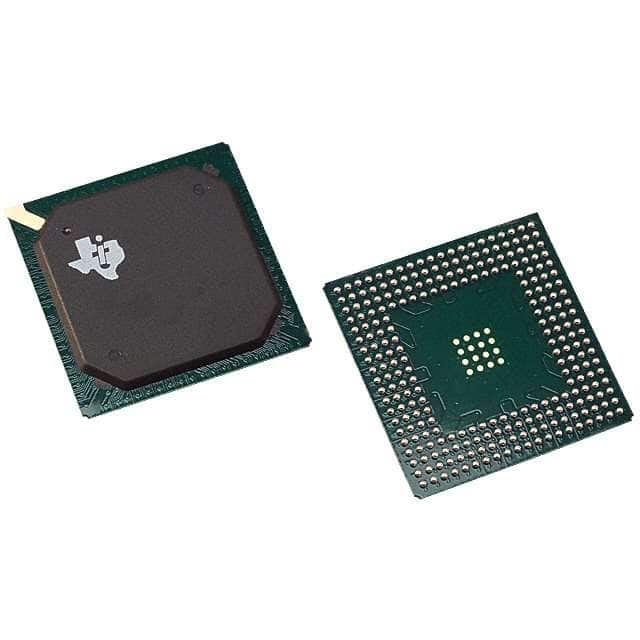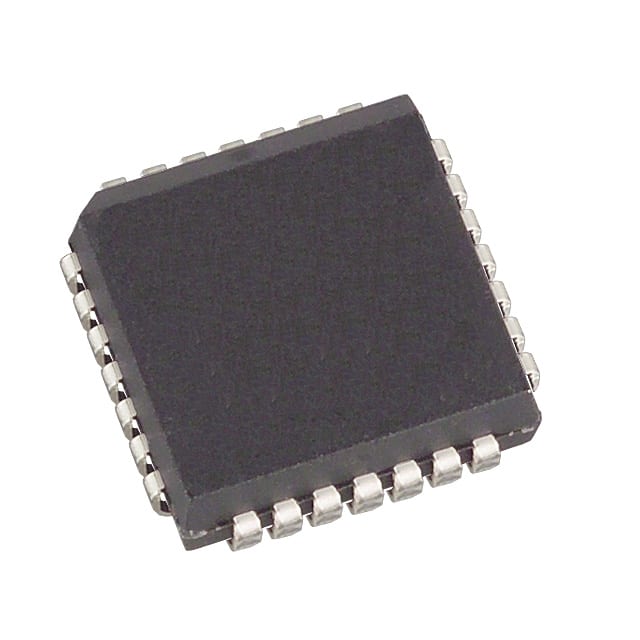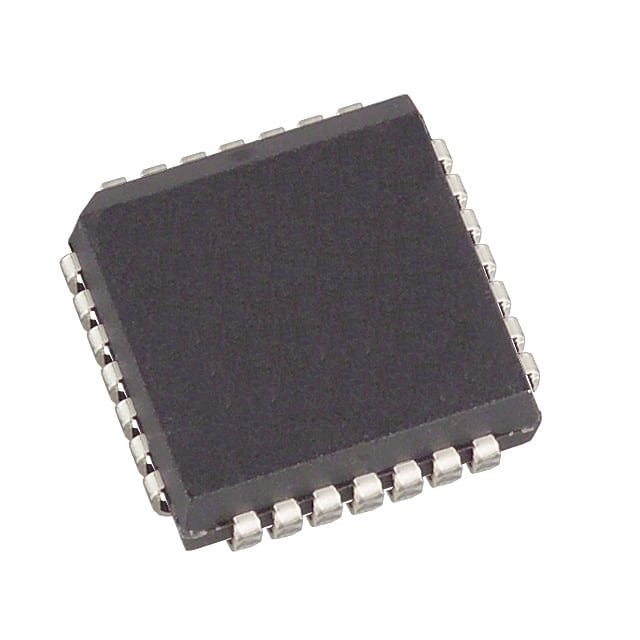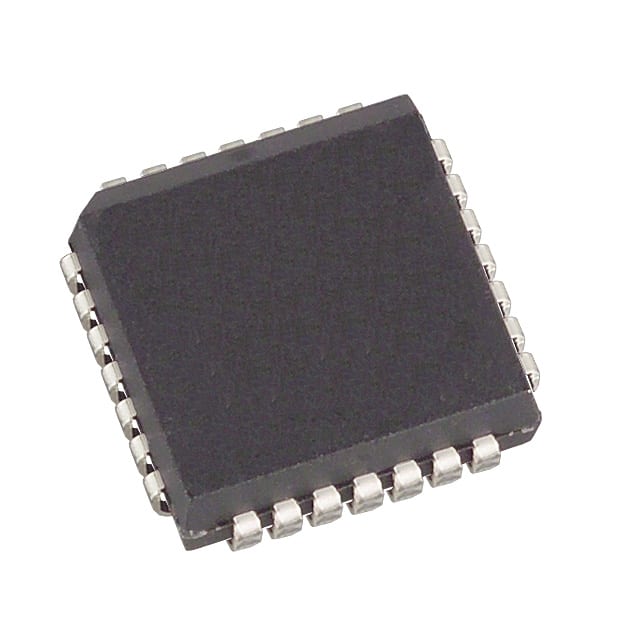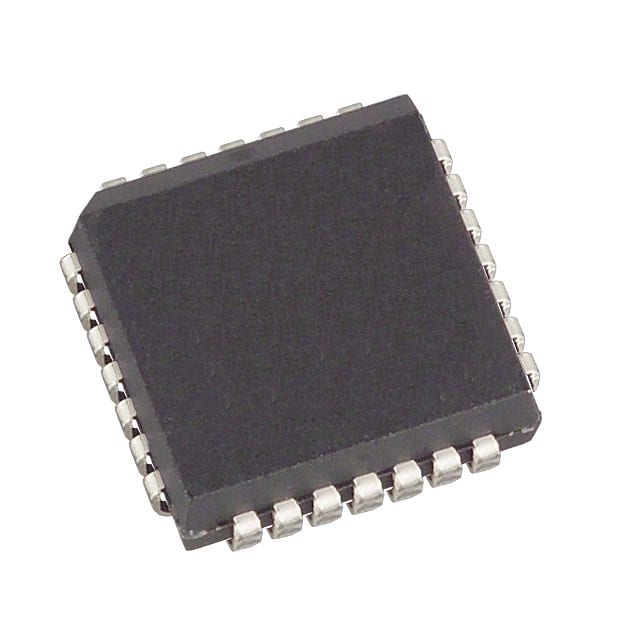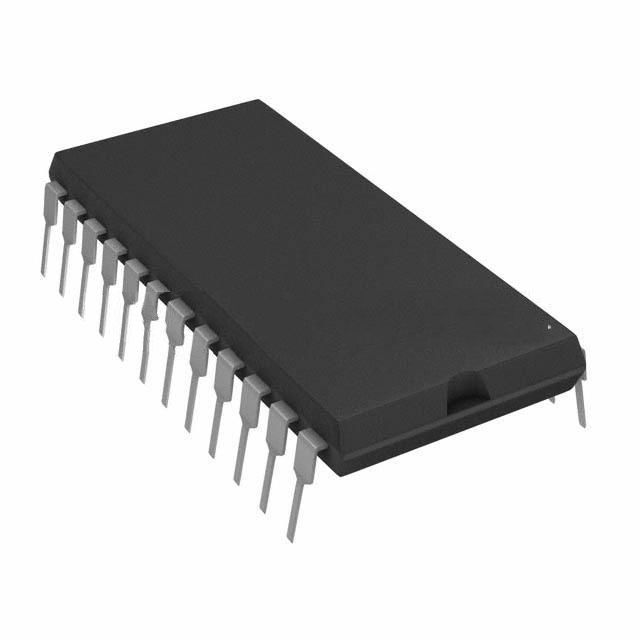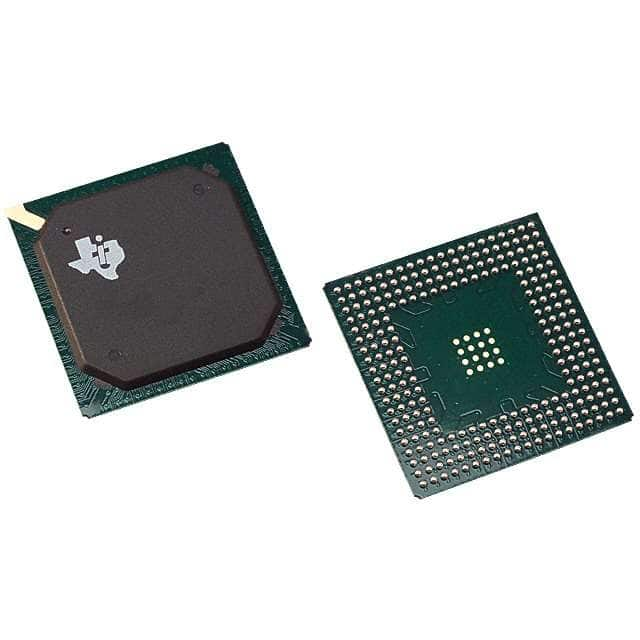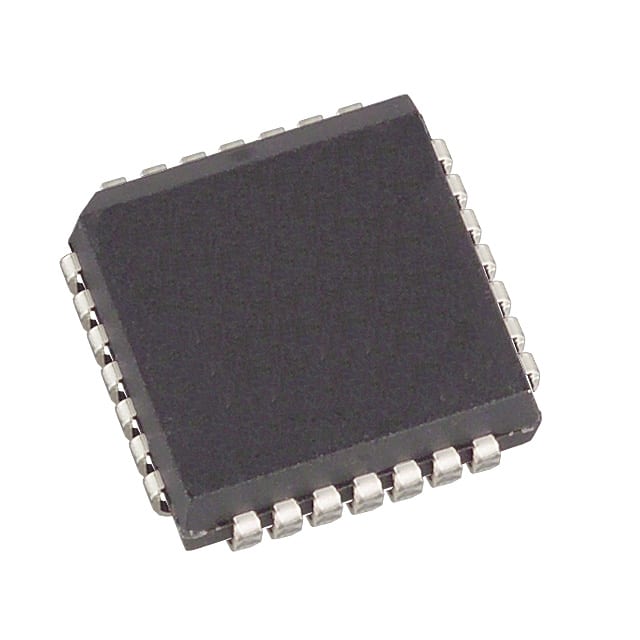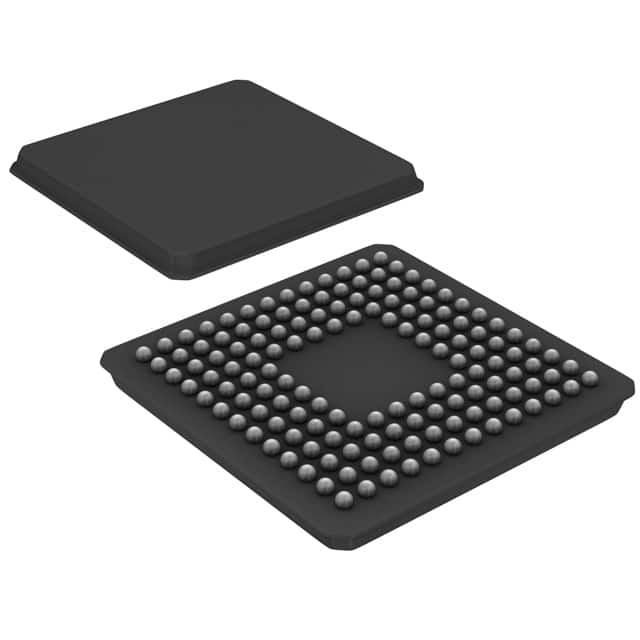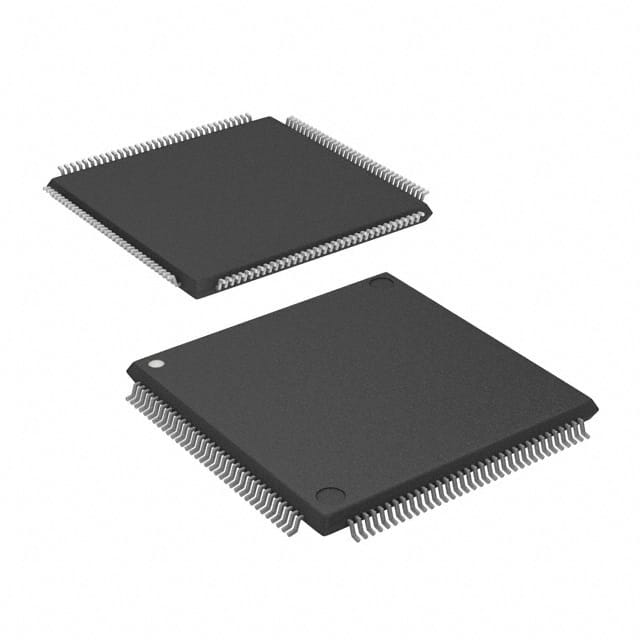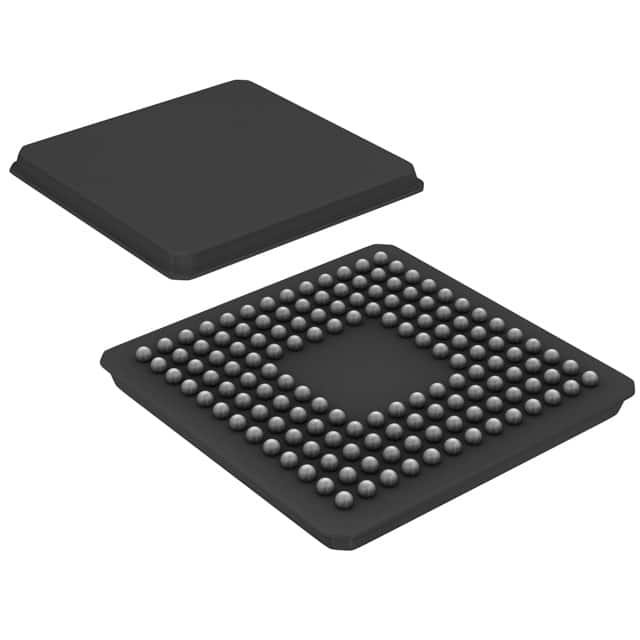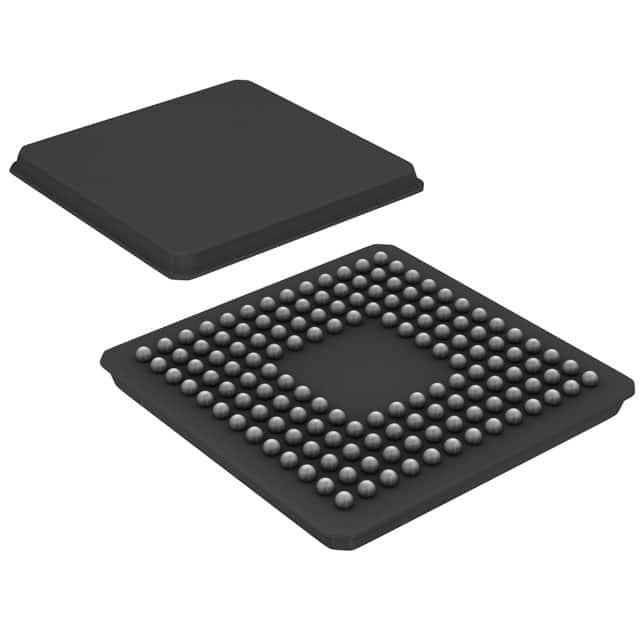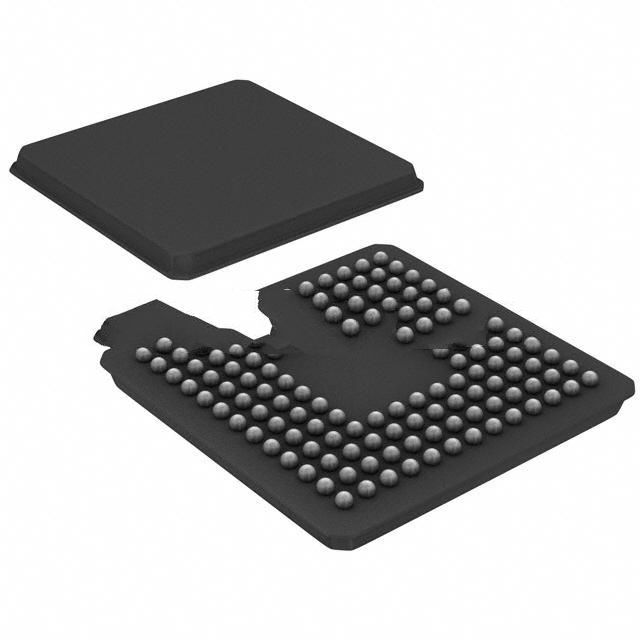TMS320C6711BGFN150 Product Introduction:
Texas Instruments Part Number TMS320C6711BGFN150(Embedded - DSP (Digital Signal Processors)), developed and manufactured by Texas Instruments, distributed globally by Jinftry. We distribute various electronic components from world-renowned brands and provide one-stop services, making us a trusted global electronic component distributor.
TMS320C6711BGFN150 is one of the part numbers distributed by Jinftry, and you can learn about its specifications/configurations, package/case, Datasheet, and other information here. Electronic components are affected by supply and demand, and prices fluctuate frequently. If you have a demand, please do not hesitate to send us an RFQ or email us immediately sales@jinftry.com Please inquire about the real-time unit price, Data Code, Lead time, payment terms, and any other information you would like to know. We will do our best to provide you with a quotation and reply as soon as possible.
Introducing the Texas Instruments TMS320C6711BGFN150, a powerful and versatile digital signal processor (DSP) designed to meet the demanding requirements of today's advanced applications. With its exceptional performance and extensive feature set, this DSP is the ideal solution for a wide range of applications in various industries.
The TMS320C6711BGFN150 boasts a clock speed of 150 MHz, enabling it to handle complex algorithms and real-time processing tasks with ease. It features a 32-bit floating-point processor, providing high precision and accuracy for critical calculations. With 2MB of on-chip memory, this DSP offers ample storage space for data and instructions, ensuring efficient and seamless operation.
This DSP is equipped with a comprehensive set of peripherals, including multiple serial ports, timers, and general-purpose I/O pins, allowing for seamless integration with external devices and systems. It also supports various communication protocols, such as I2C, SPI, and UART, enabling easy connectivity with other devices.
The TMS320C6711BGFN150 finds applications in a wide range of fields, including telecommunications, audio and video processing, industrial automation, and medical imaging. Whether you need to process high-definition audio, analyze complex data sets, or perform real-time control tasks, this DSP delivers the performance and flexibility required to meet your needs.
In summary, the Texas Instruments TMS320C6711BGFN150 is a high-performance DSP that offers exceptional processing power, extensive memory, and a comprehensive set of peripherals. With its versatility and reliability, it is the perfect choice for a wide range of applications in various industries.
DSP Digital Signal Processing (Digital Signal Processing) is a technology that uses computers or special processing equipment to digitize signals. It converts analog signals into digital signals, and uses efficient algorithms to sample, transform, filter, estimate, enhance, compress, identify and other operations, and finally gets a signal form that meets people's needs. Compared to general-purpose processors, DSPS typically have higher arithmetic throughput, lower latency, and more efficient memory management mechanisms, all of which are designed to meet the requirements of real-time signal processing.
Application
DSP (Digital Signal Processing) technology is mainly reflected in the accurate processing of signals. It can efficiently perform complex operations such as signal analysis, noise suppression and feature extraction, and provide reliable data support for subsequent decision or control. In addition, DSP also has high-speed computing power and low power consumption characteristics, especially suitable for scenarios that require real-time processing of large amounts of data, such as audio processing, video codec, communication systems, image processing, control systems and robots, medical and bioinformatics and other fields.
FAQ about Embedded - DSP (Digital Signal Processors)
-
1. What are the two types of DSP?
DSP (digital signal processor) is mainly divided into two types: fixed-point DSP and floating-point DSP. The main difference between fixed-point DSP and floating-point DSP is that they process data in different ways and formats.
Fixed-point DSP uses fixed-point number format for calculation. This format directly stores data and exponents in integer form in memory, eliminating multiplication and division operations in floating-point operations, thereby increasing the calculation speed. Fixed-point DSP chips are relatively low in price and power consumption, but the calculation accuracy is relatively low.
Floating-point DSP uses floating-point format for calculations. This format can represent large or small numbers, with high calculation accuracy, and is suitable for occasions that require high-precision calculations. However, floating-point DSP chips are expensive and consume a lot of power.
-
2. What is DSP in microcontrollers?
DSP (Digital Signal Processor) is a microprocessor specifically used to process digital signals. It is different from the traditional CPU (Central Processing Unit). DSP is mainly used in occasions that require a large number of floating-point operations, such as communications, audio processing, image processing and other fields.
The working principle of DSP is to convert the received analog signal into a digital signal, and then process and analyze these digital signals. DSP chip adopts Harvard structure, that is, the program and data are stored separately, and has a dedicated hardware multiplier, which can quickly implement various digital signal processing algorithms.
-
3. What is the difference between DSP and FPGA?
The main difference between DSP and FPGA lies in their design purpose, structure, programming method and applicable scenarios.
First of all, there are fundamental differences between DSP and FPGA in design purpose and structure. DSP (digital signal processor) is designed for digital signal processing, with a dedicated instruction set and hardware accelerator for efficient processing of digital signals. FPGA (field programmable gate array) is a programmable logic device that can be programmed according to user needs to realize various digital logic circuits. FPGA contains a large number of logic gates and triggers inside, usually using a lookup table structure, while DSP uses a Harvard structure, with separate data bus and address bus, allowing programs and data to be stored separately to increase processing speed.
In terms of programming methods, DSP is usually programmed through assembly or high-level languages (such as C/C++) and has a complete C language compiler. FPGA is designed through hardware description language, which has high flexibility but high programming complexity. DSPs are relatively easy to program because they are designed for specific types of computing tasks, while FPGAs offer greater flexibility but are more complex to program.
Finally, DSPs and FPGAs are suitable for different application scenarios. DSPs are suitable for tasks that require high-speed processing of large amounts of digital signals, such as communications, audio processing, image processing, and other fields. FPGAs are suitable for applications that require highly customized hardware acceleration, such as high-performance computing, complex signal processing, and more. The flexibility of FPGAs makes them more advantageous in projects that require frequent changes in functionality, while DSPs perform better in applications that require efficient processing of fixed algorithms.
 Lead free / RoHS Compliant
Lead free / RoHS Compliant



